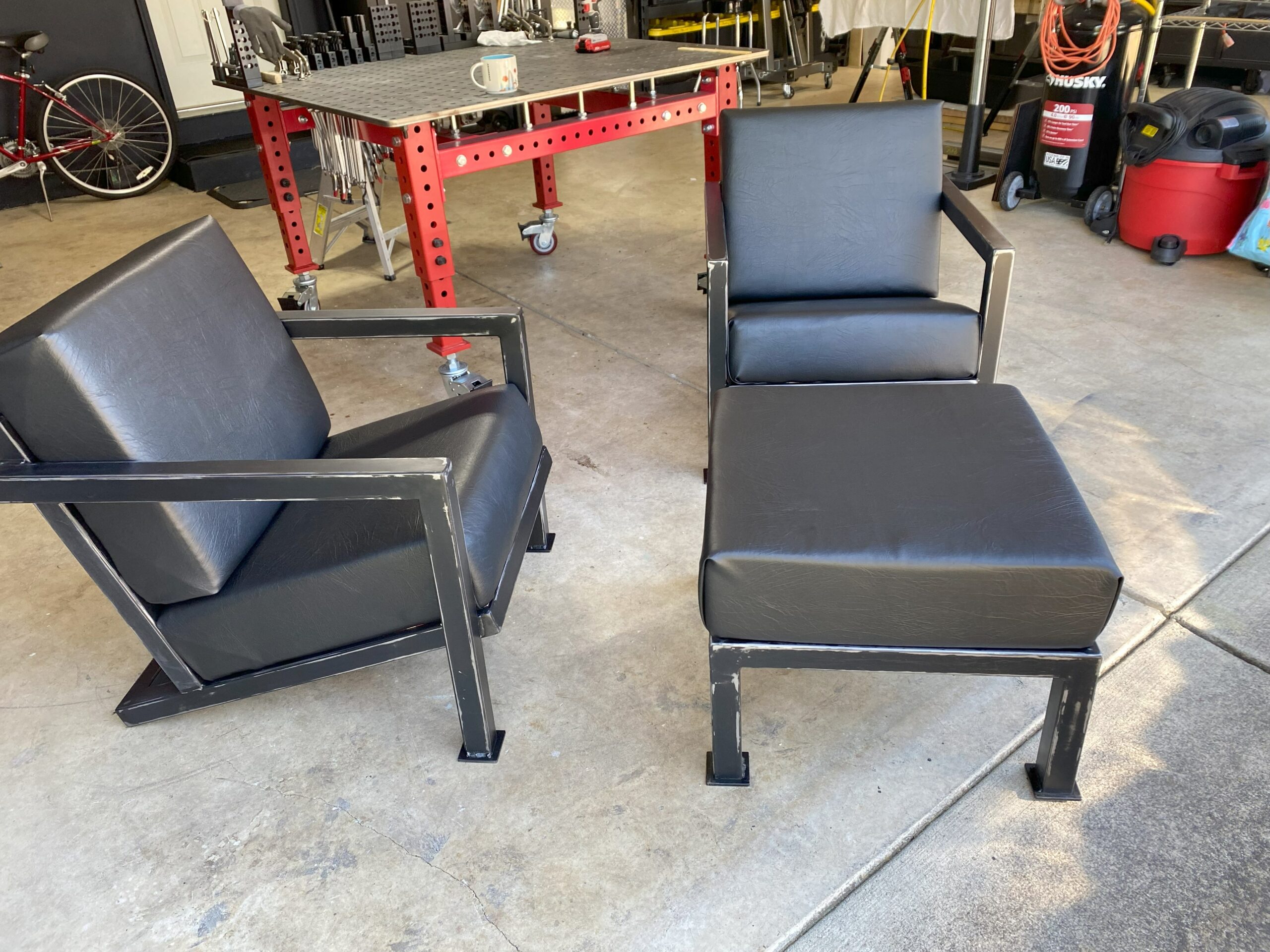TIG Welding: A Guide for Beginners
TIG welding, also known as gas tungsten arc welding (GTAW), is a versatile and precise arc welding process that can join almost any metal. It uses a non-consumable tungsten electrode to create an arc between the electrode and the workpiece, which are both protected by an inert gas (usually argon or helium) from oxidation and contamination. TIG welding can produce high-quality welds with minimal spatter and distortion, but it also requires a high level of skill and experience.
In this blog post, we will explain the basics of TIG welding, how it works, what are its advantages and disadvantages, and how to use it for different applications.
How TIG Welding Works
The main components of a TIG welding system are:
- A power source that provides direct current (DC) or alternating current (AC) depending on the type of metal being welded.
- A TIG torch that holds the tungsten electrode and delivers the shielding gas to the weld area.
- A foot pedal or a finger switch that controls the current and the arc length.
- A filler rod that is manually fed into the weld pool to add material and strength to the joint.
The TIG welding process involves the following steps:
- The welder prepares the workpiece by cleaning it and clamping it to a work table or a fixture. The workpiece must be grounded to complete the electrical circuit.
- The welder selects the appropriate tungsten electrode based on the metal type, thickness, and desired weld profile. The electrode tip can be ground to a point or a flat shape to control the heat input and the arc concentration.
- The welder inserts the electrode into the TIG torch and adjusts the gas flow rate and the current settings. The gas flow rate depends on the nozzle size, the electrode diameter, and the welding speed. The current settings depend on the metal type, thickness, and polarity. For DC welding, negative polarity is used for most metals except aluminum and magnesium, which require positive polarity. For AC welding, a balance between positive and negative cycles is used to achieve a stable arc and good cleaning action on aluminum oxide.
- The welder strikes an arc by touching the electrode to the workpiece or by using a high-frequency start. The arc creates a molten pool on the surface of the metal, which can be joined without filler metal (autogenous welding) or with filler metal (fusion welding).
- The welder moves the torch along the joint line at a steady speed, maintaining a constant arc length and angle. The filler rod is dipped into the weld pool at regular intervals to add material and fill gaps. The rod must be kept within the shielding gas envelope to avoid contamination.
- The welder terminates the arc by lifting the torch or releasing the foot pedal or finger switch. The weld pool solidifies quickly and forms a bead along the joint line. The weld bead can be left as it is or finished by grinding, polishing, or sanding.
Advantages and Disadvantages of TIG Welding
TIG welding has many advantages over other arc welding processes, such as:
- It can weld almost any metal, including stainless steel, aluminum, copper, titanium, nickel, and their alloys.
- It can produce high-quality welds with excellent appearance, strength, ductility, and corrosion resistance.
- It can weld thin sections of metal with minimal distortion and warping.
- It can weld in all positions (flat, horizontal, vertical, overhead) and in tight spaces.
- It can weld dissimilar metals with compatible filler metals.
- It does not produce slag or spatter that need to be removed after welding.
- It does not require flux or shielding gas mixtures that need to be stored and handled carefully.
However, TIG welding also has some disadvantages, such as:
- It is more complex and difficult to master than other arc welding processes. It requires good hand-eye coordination, manual dexterity, and concentration.
- It is slower than other arc welding processes. It requires more preparation time and more passes to complete a weld.
- It is more expensive than other arc welding processes. It requires more equipment, consumables, and energy.
- It is more sensitive to contamination and oxidation. It requires clean workpieces, electrodes, filler rods, and shielding gas.
- It produces intense ultraviolet radiation that can damage eyesight and skin. It requires proper protective equipment and ventilation.
How to Use TIG Welding for Different Applications
TIG welding is widely used for various applications in different industries, such as:
- Aerospace: TIG welding is used to weld aircraft components made of aluminum, titanium, nickel alloys, stainless steel, etc. It provides high strength-to-weight ratio, fatigue resistance, corrosion resistance, etc.
- Automotive: TIG welding is used to weld car parts made of aluminum, steel, magnesium, etc. It provides lightweight, durable, and aesthetic welds.
- Construction: TIG welding is used to weld structural elements made of steel, stainless steel, copper, etc. It provides strong, reliable, and weather-resistant welds.
- Art: TIG welding is used to weld sculptures and ornaments made of various metals. It provides creative and artistic welds with different colors and textures.
TIG welding is a versatile and precise arc welding process that can join almost any metal. It requires a high level of skill and experience, but it can produce high-quality welds with minimal spatter and distortion. TIG welding is widely used for various applications in different industries, such as aerospace, automotive, construction, art, etc.




